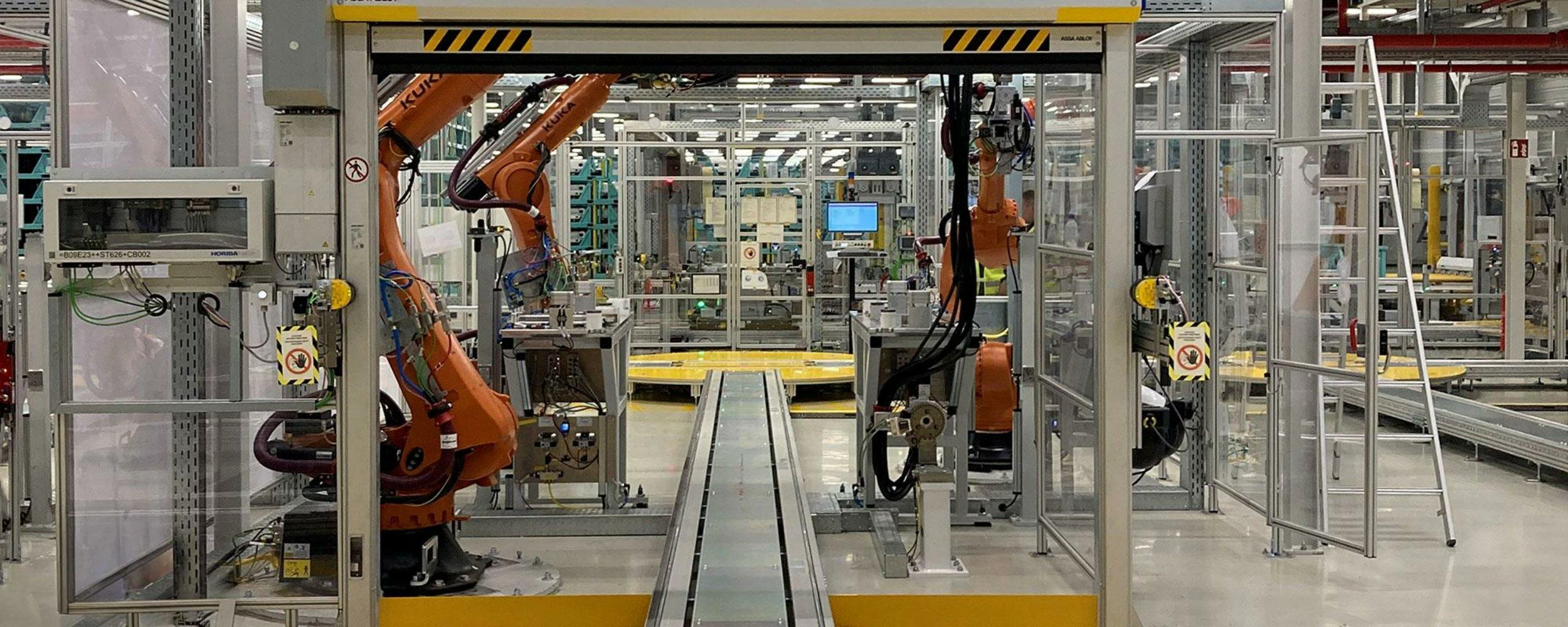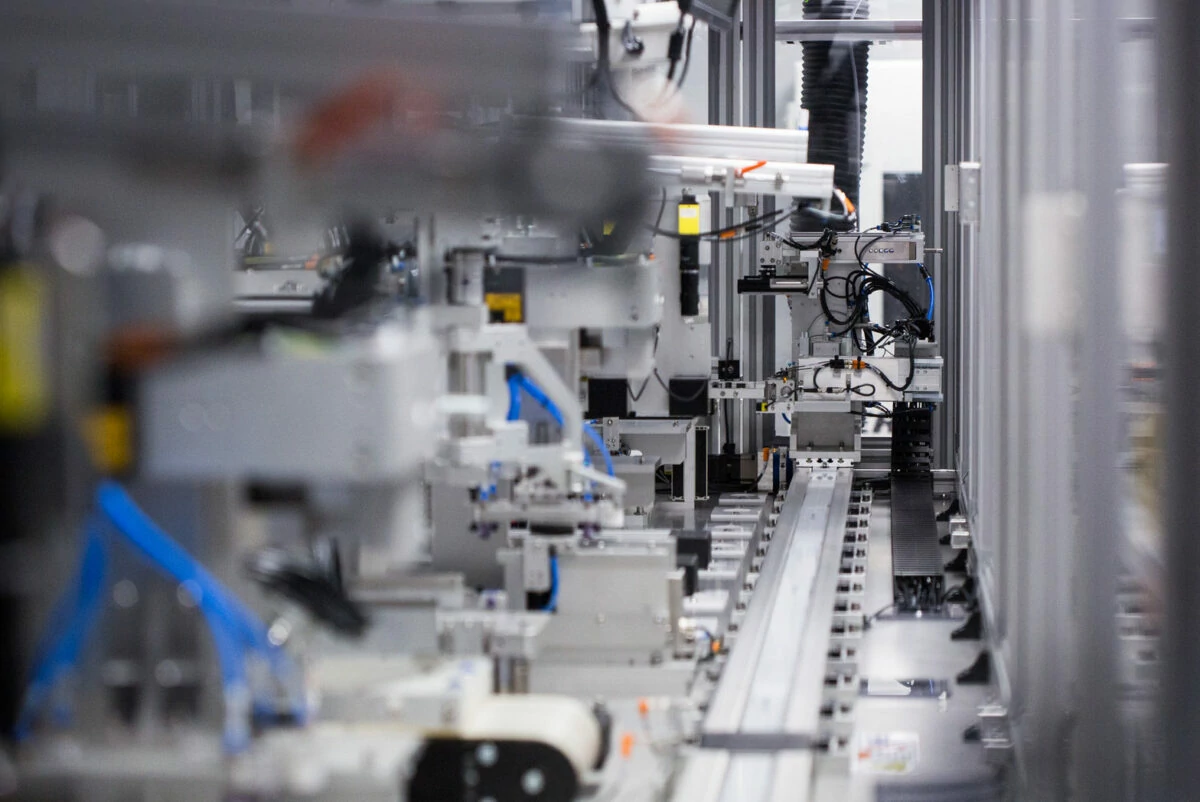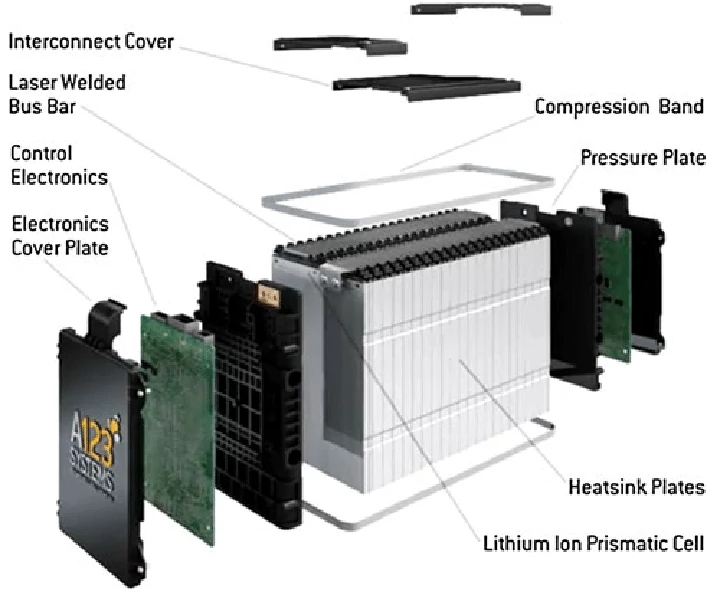Product testing Product testing is a key link to ensure...
Battery internal inspection
The battery internal inspection is a key step to ensure that there are no defects or damage to the internal structure and components of the battery, and the main purpose is to eliminate potential risks caused by problems that occur during production, transportation or storage.
Battery internal inspection
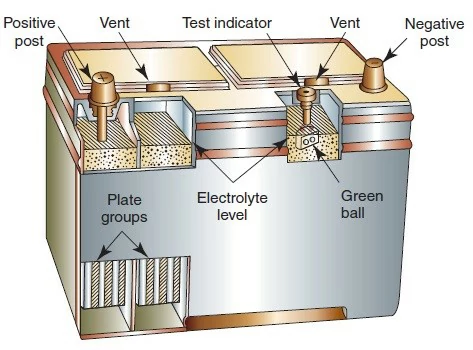
The battery internal inspection is the basic link to ensure the safety and reliability of the battery during use. By examining the structure and components inside the battery, you can detect potential problems, such as diaphragm damage, electrolyte leakage, and electrode loss, which can lead to battery failure, performance degradation, or safety incidents. Internal inspection also ensures that the individual components of the battery are working according to design specifications, thereby improving the overall performance of the battery, extending its service life, and reducing the risk of failure during use. In addition, regular internal inspections and monitoring help to identify and correct possible quality problems in the production process, thereby improving the overall quality control level of the product.
Check content
Internal structural inspection
Check that the core components inside the battery (such as positive and negative electrodes, electrolyte, diaphragm, etc.) are properly installed and ensure that they are not physically damaged.
Ensure that the internal structure is intact and free from cracks, damage, or abnormal wear, and avoid battery short circuit, leakage, or other faults caused by component problems.
Electrode and diaphragm examination
Check the status of the positive and negative electrodes to ensure that the electrode material is not peeling, wrinkled, or abnormally deformed. Damaged electrodes can lead to reduced battery capacity and even safety issues.
Check whether the diaphragm is complete and void free, the role of the diaphragm is to prevent direct contact between the positive and negative electrodes, so as to avoid short circuit phenomenon. Make sure the diaphragm is positioned correctly to avoid deviation or folding.
Electrolyte inspection
Check the electrolyte distribution to ensure that the electrolyte is uniform and does not leak. Leakage of the electrolyte can affect the performance of the battery and may cause serious safety issues.
Check the electrolyte level to ensure that it is not lower than the design requirements. Otherwise, the battery performance deteriorates or fails to work properly due to insufficient electrolyte.
Check welding points and connections
Check the internal welding points, especially the welding between the positive and negative extremes of the battery and the electrodes, to ensure that there is no virtual welding, cracking or de-welding. Weak welding points may result in poor battery contact or fault.
Make sure the connection wires or contacts inside the battery are not short-circuited or disconnected.
Internal pressure check
Check that the internal pressure of the battery is normal, especially for sealed batteries. During charging and discharging, the internal pressure of the battery changes, and excessive pressure may cause the battery to expand, leak, or explode.
Monitor changes in air pressure inside the battery through pressure sensors or other detection tools to ensure that it is within a safe range.
Fault analysis and testing
Use endoscopy or X-ray technology to perform a non-destructive inspection of the inside of the battery to see if there are foreign objects, bubbles, or other defects inside.
Perform electrical performance tests on the inside of the battery, such as internal resistance, voltage, etc., to check for abnormal performance.
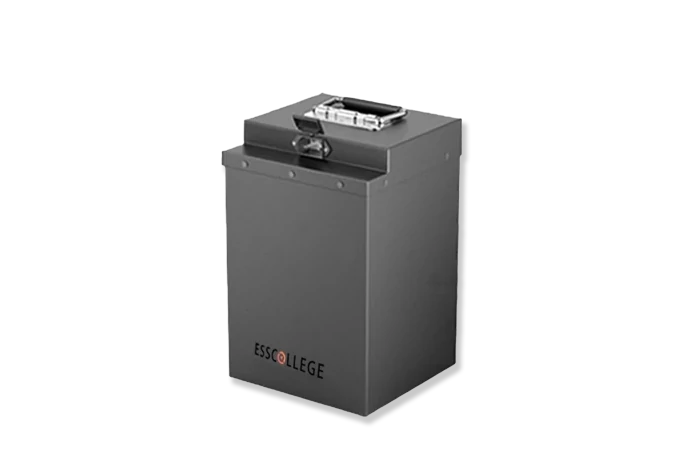
low-speed car batteries
Low-speed vehicle battery is a kind of battery designed for low-speed electric vehicles, which has the characteristics of clean, environmental protection, high efficiency and economy, and is widely used in electric golf carts, low-speed electric vehicles (LSV), mobile vendors, campus transportation, cargo trucks and so on
Extended reading
Product packaging and delivery
Product packaging and delivery The packaging and delivery of battery...
Product information expansion
Product information expansion Understanding low-speed vehicle battery product information is...
Product composition
Low-speed lithium battery product composition Understanding the product composition of...
THE ESSC Brand promise
Global supply
Our products sell well all over the world, covering many countries and regions, through the global logistics network, to provide customers with convenient purchasing experience.
Rigorous quality
We adhere to the highest quality control standards to ensure every product meets industry regulations and customer expectations, earning trust through consistent excellence.
Excellent service
With a customer-centric approach, we provide prompt responses, professional support, and personalized services, aiming to deliver the best user experience and long-term value.
